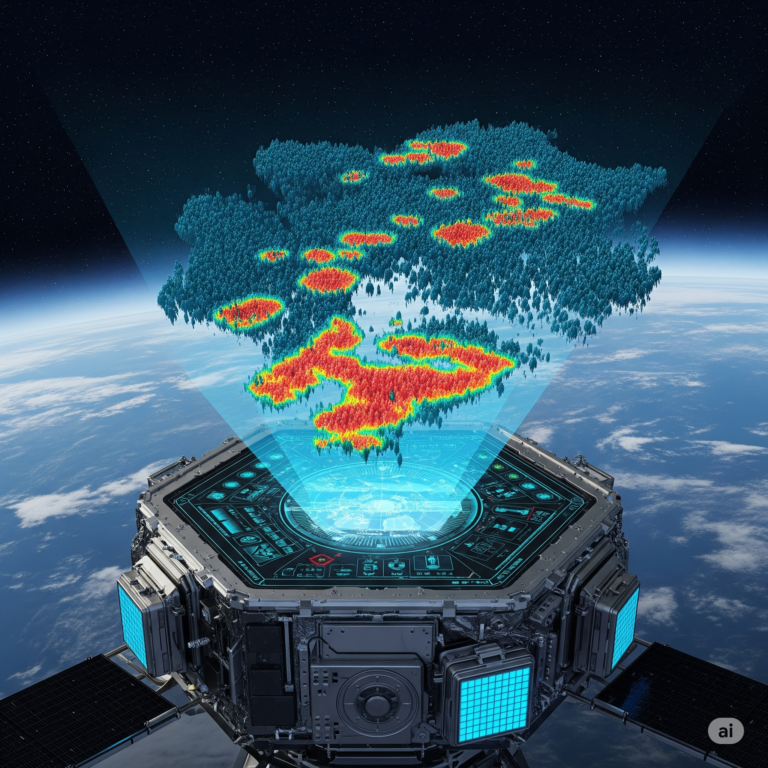C programming, developed in the early 1970s by Dennis Ritchie at Bell Labs, is often referred to as the “mother of modern programming languages.” Its creation revolutionized the world of computing by enabling programmers to interact with hardware more efficiently while maintaining a level of abstraction that supports structured programming. Over time, C has influenced the creation of several high-level languages, including C++, Java, and Go.
This blog explores how C programming laid the foundation for these languages and examines the key similarities, differences, and innovations that define their evolution.
The Origins and Philosophy of C
C was designed with efficiency, portability, and simplicity in mind. It served as the foundation for UNIX and has been widely used in system and application software. C’s core design principles include:
- Direct memory access
- Low-level hardware interaction
- Small set of keywords
- Portable code across different machines
These characteristics made it a versatile language, influencing the philosophy of many subsequent programming languages.
How C Influenced C++
C++ was developed by Bjarne Stroustrup in the early 1980s as an extension of C. It retained all features of C but introduced object-oriented programming (OOP) paradigms.
Key Inheritances from C:
- Syntax and structure: C++ uses the same syntax as C.
- Data types and operators: Most C data types and operators are reused.
- Compilation model: Both compile to machine code, offering high performance.
Major Additions in C++:
- Classes and objects
- Encapsulation, inheritance, and polymorphism
- Exception handling
- Standard Template Library (STL)
C++ remains backward compatible with C, meaning a large portion of valid C code is also valid in C++.
C’s Role in the Birth of Java
Java, developed by James Gosling and his team at Sun Microsystems in the mid-1990s, was inspired by C and C++ but aimed to provide greater simplicity, security, and cross-platform capabilities.
C’s Influences on Java:
- Syntax: Java’s syntax closely mirrors that of C/C++.
- Data structures: Java borrowed many data types and control structures.
- Error handling: Similar to C++, Java includes structured exception handling.
Java’s Divergence from C:
- Garbage collection: Java manages memory automatically.
- Platform independence: “Write once, run anywhere” philosophy.
- Absence of pointers: Java abstracts direct memory management for safety.
Java prioritized object-oriented design, making it more robust and easier to maintain in large-scale applications.
The Rise of Go and C’s Underlying Influence
Go, or Golang, was developed at Google by Robert Griesemer, Rob Pike, and Ken Thompson in 2007. Designed for modern concurrency, simplicity, and performance, Go embodies many principles that C introduced decades earlier.
Shared Characteristics with C:
- Static typing and compiled execution
- Small, clean syntax
- High performance
- Direct access to system-level programming
Modern Additions in Go:
- Garbage collection
- Built-in concurrency with goroutines
- Modular package system
Go manages to retain the performance of C while simplifying code and reducing the risk of memory-related bugs.
Core Principles Carried Forward
| Principle | C | C++ | Java | Go |
| Low-level memory access | Yes | Yes | No | Yes |
| Static typing | Yes | Yes | Yes | Yes |
| Object-orientation | No | Yes | Yes | No (via structs) |
| Garbage collection | No | No (optional) | Yes | Yes |
| Concurrency support | No | Yes (via libraries) | Yes (via threads) | Yes (native) |
Why C Still Matters Today
Despite the emergence of modern languages, C remains relevant:
- Used in operating systems, embedded systems, and IoT
- Provides fundamental understanding of memory and performance
- Lightweight and fast
- Critical for firmware, drivers, and low-level computing
It serves as the best starting point for aspiring system programmers.
The Evolutionary Chain of Programming Languages

Assembly → C → C++ → Java → Go (and others)
C acts as the crucial link between early assembly language and contemporary high-level languages. Each descendant language inherits not only C’s syntax but also its emphasis on efficiency and control.
Common Challenges and How Modern Languages Resolved Them
- Manual memory management (C) → Resolved by Java and Go via garbage collection
- Pointer misuse → Eliminated in Java, restricted in Go
- Code complexity → Go emphasizes simplicity and minimalism
- Scalability issues in large C projects → Object-oriented features in C++ and Java improved maintainability
Real-Life Applications
- C: Operating systems (Linux, Windows kernel), embedded systems, microcontrollers
- C++: Game development (Unreal Engine), GUI applications, high-performance software
- Java: Web applications, Android development, enterprise software
- Go: Cloud computing, backend services, DevOps tools (Docker, Kubernetes)
Frequently Asked Questions (FAQs)
- Why is C called the mother of all programming languages? Because it laid the groundwork for many modern languages and introduced core programming concepts.
- Is C still used in 2025? Yes, it’s actively used in systems programming, embedded systems, and performance-critical applications.
- How similar are C and C++? C++ builds on C with object-oriented features but retains most of its syntax and structure.
- Why doesn’t Java use pointers like C? Java omits pointers to enhance security and memory safety.
- Is Go faster than Java or C++? Go offers near-C performance with simpler syntax, but C++ may outperform it in some cases.
- Should beginners start with C or a modern language? Starting with C provides a strong foundation, but modern languages offer easier learning curves.
- What’s the main advantage of Go over C? Built-in concurrency and memory safety.
- How does Java ensure cross-platform compatibility? Through the Java Virtual Machine (JVM), which abstracts hardware details.
- Can I use C to write mobile apps? Not directly; C is used for native libraries, but Java or Kotlin is used for Android.
- Which language is best for cloud development? Go is gaining popularity in cloud and backend development due to its concurrency model and performance.









+ There are no comments
Add yours